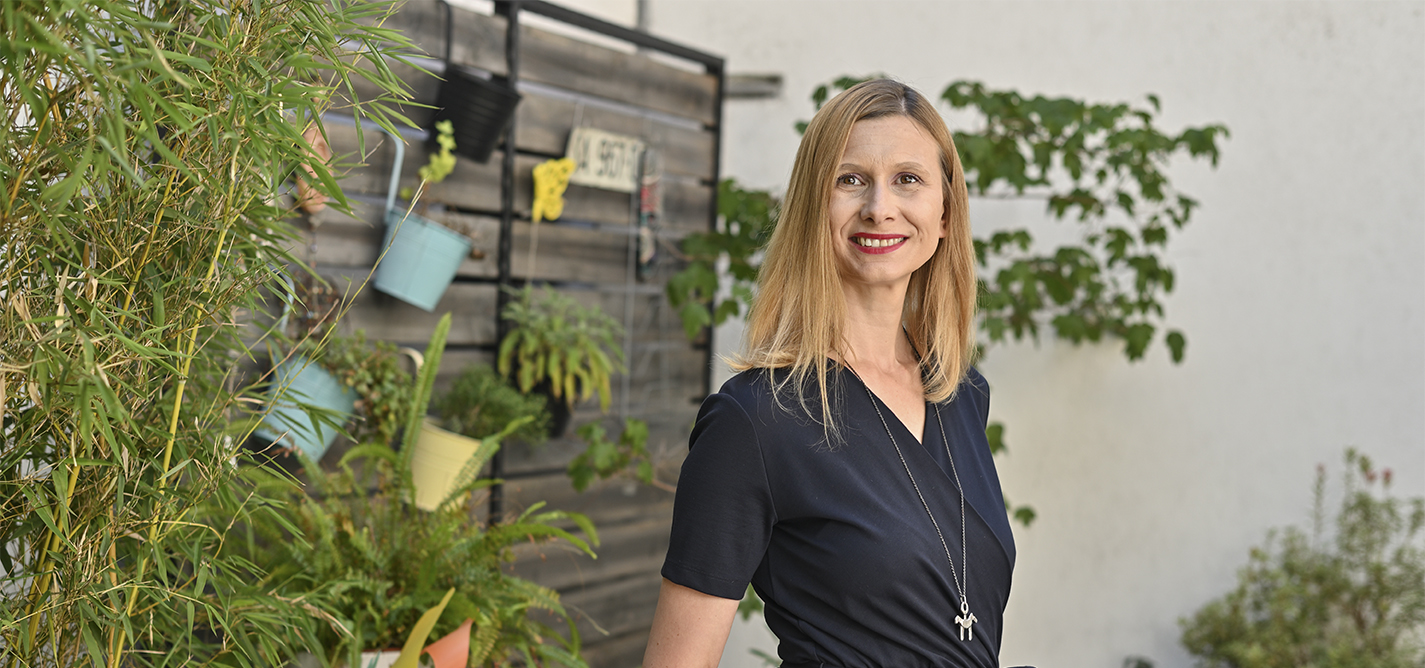
Elma Tataragić: The ongoing crisis is a return to core values
The Sarajevo Film Festival’s main competition selector talks about the film industry during a pandemic.
|2020.09.02
|
There's been a huge gap in the film industry.
It’s only starting next year that the real extent of the audiovisual industry crisis is going to become clear, because film production has been scarce lately, especially in the region.
Simply put, there’s been a general six-month hiatus that led to a production hiatus, and it’s a domino effect.
This issue is still present in the film industry; women are simply perceived differently in film.

Đorđe Krajišnik
Đorđe Krajišnik is a literary critic and a journalist at the Oslobođenje daily newspaper and the Dani magazine. In October 2017, he worked as a resident for the Berlin daily Der Tagesspiegel. His literary critiques and other texts have been published in magazines and on websites across the Yugosphere. His publications have been translated into English, German and Albanian. He reviewed and edited several books. Currently, he is working on his first fiction book that will be published soon, should the Muses be in his favor.
This story was originally written in Serbian.